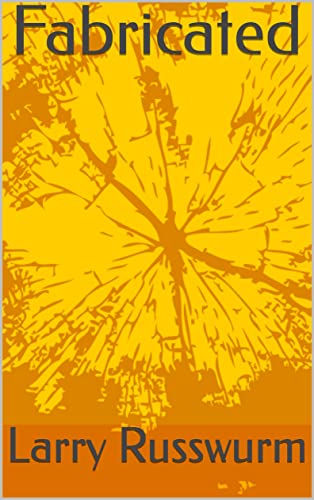Cryptozoology usually brings to mind Bigfoot but I’ve more of a mind to think about Nessie, Champ, Ogopogo and the Lake Erie monster serpent.
These creatures are said to be in 4 widely separate lakes, ranging all across North America and also in Scotland, so it might be hard to see a connection beyond the superficial. All these lakes seem to have a large water creature, perhaps serpentine in construction and despite multiple sightings, certain proof of their existence seems at the moment unattainable.
And how did these creatures get between these widely separate lakes if they are all related? How can such creatures be the same species if none of them have ever been identified outside their lake hotbeds?
But certainly there must be a link – how can such similar tales exist so far from each other. So let’s look at the one similarity that might shed light on the subject.
The four lakes all have similar shapes – they’re long and skinny. That’s right, Lake Okanagan, Lake Erie, Lake Champlain and Loch Ness are all narrow, long lakes. This isn’t theory, it is fact. They are almost like swollen rivers, these long lakes.
How could similar creatures manage to inhabit this particular kind of lake.
Why of course they must have had an aerial view. I am suggesting that all these monsters are the same type of alien, with ships possibly hovering over the Earth, in such a way that they can choose particular lakes.
Thus, they’ve managed to inhabit these four lakes. Their alienness also means that if an intensive census exists in any of these four lakes “beaming up” can occur and thus these creatures yet again defy investigation.
Why do they like swollen river type environments? Why do these creatures always exist in long narrow channels for lakes? That is the real question.
Now that we have the proper question, perhaps we can get a proper solution.

